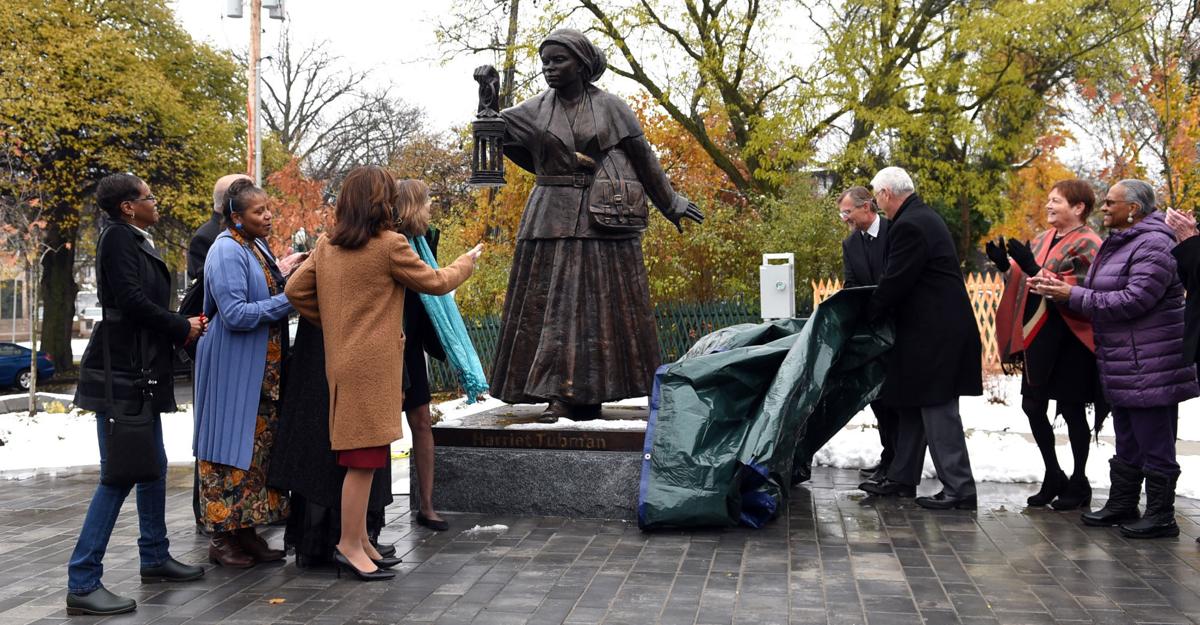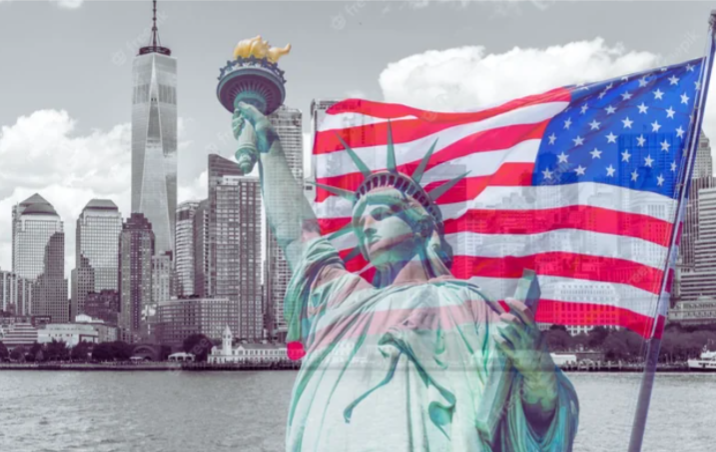(ThyBlackMan.com) A woman’s bronze statue was just unveiled at the Central Intelligence Agency headquarters in Virginia. The heroine’s name: Harriet Tubman, a spy for the United States when the nation was torn apart.
Yes, the same enslaved woman who crossed over the Mason-Dixon line to liberty but returned to lead her Maryland kin from bondage to freedom. The woman we know as a legendary conductor on the Underground Railroad before the Civil War broke out.
Our past is getting more interesting lately, isn’t it? Sometimes, history is everything they never told you.
In her day, Tubman was called “Moses” in the African American network of free and enslaved people. Time after time, she navigated about a dozen stealthy escapes over land by night, the North Star and moonlight. Rivers and woods in the Chesapeake Bay region were etched in her mind.
The Eastern Shore of Maryland, where Tubman and abolitionist Frederick Douglass were born, was likened to Egypt for its brutal slavery.

But who knew Tubman was a Union spy during the Civil War?
That amazing side of her comes to light, surprisingly, by a secretive government agency once known for being “pale, male and Yale.”
Tubman scouted and led a military expedition behind enemy lines down South in South Carolina in 1863 — the midpoint of the Civil War.
President Abraham Lincoln’s Emancipation Proclamation had given fresh new meaning to the war, as a fight for human freedom — not just real estate. Lincoln, partly at Douglass’s urging, had opened the Army to Black soldiers.
Small but formidable, Tubman deployed the same set of skills she developed in the 1850s: daring, strength, disguises and singing in coded messages with her husky, haunting voice.
To protect her runaways, Tubman already knew how to handle arms. That had inspired fear in slave catchers who sought her as their most wanted fugitive. In fact, the striking new spy statue shows her with a pistol tucked in her skirt.
Tubman joined the Union Army, apparently as a cook, nurse and laundress. But there was much more for her in store.
Tubman’s remarkable mission was to guide Col. James Montgomery and 300 Black soldiers as they raided plantations, seized harvests and livestock and destroyed and burned a bridge along South Carolina’s Combahee River in June of 1863.
Montgomery and Tubman invited hundreds to climb aboard their Union steamboats for freedom. Tubman raised her voice, cutting the air as she sang spirituals to escaping enslaved people.
A Wisconsin reporter on the scene praised her “patriotism, sagacity, energy.”
Because Tubman lived so long — until 1913, when she was 91 — her greatness was recognized later in life. Her work as a conductor who “never lost a passenger” on the Underground Railroad was a story that could be told after the war.
England’s Queen Victoria sent her a beautiful white lace shawl now on display at the Museum of African American History and Culture. Tubman lived out her days in Auburn, New York, on farmland Lincoln’s Secretary of State William Seward gave her.
I’ve seen the hardscrabble land where Tubman grew up and met some of her family members.
By contrast, Douglass was born on a wealthy plantation and was lucky to learn to read. He took the train to freedom and soon rose to fame.
Most enslaved people were kept illiterate by law, including Tubman. She did not read or write.
Douglass put the contrast best in an 1868 letter to “Dear Harriet” on her night journeys:
“The difference between us is very marked… I have had the applause of the crowd.”
“The midnight sky and the silent stars have been the witnesses of your devotion to freedom and of your heroism,” Douglass wrote.
Now Tubman is honored near a statue of Nathan Hale, the Revolutionary War spy known for saying he regretted he had but one life to give for his country. He was hanged by the British.
(Viewing the outdoor statues requires a pass to visit the CIA.)
Jim Ellis, who worked for years at the Agency, says the bronze “duet” of Tubman and Hale shows “the promise of E Pluribus Unum (out of many, one) extends to the CIA.”
And that is what progress looks like.
Note: A National Historic Park on the Underground Railroad, named for Tubman, is in Church Creek, Maryland.
Written by Jamie Stiehm
Official website; https://twitter.com/JamieStiehm
















Leave a Reply